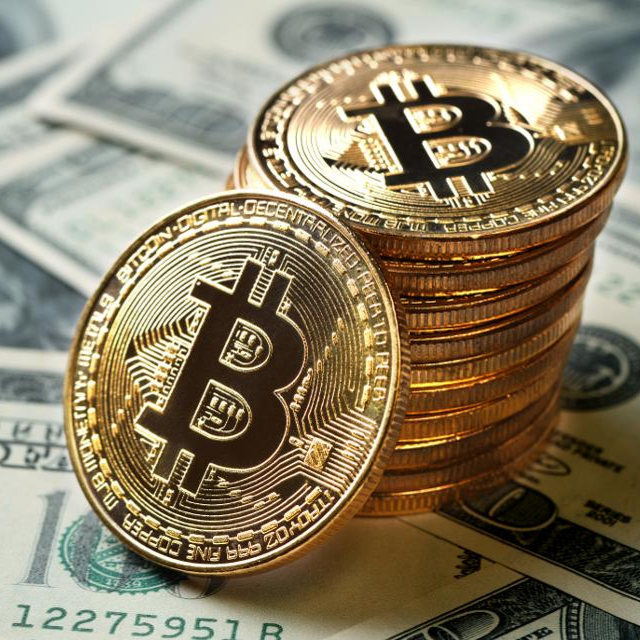
Bitcoin has held its own one month into the new year, but privy investors are well aware of the volatility that the digital currency market can bring, especially after last year. For now, they’re basking in its performance, particularly in comparison to other traditional assets like bonds.
Bitcoin’s year-to-date gain currently stands at around 45% while the broad U.S. bond market, as evidenced in the performance of the iShares Core US Aggregate Bond ETF (AGG), is currently at a 3% YTD gain. Similarly, another broad bond ETF, the Vanguard Total Bond Market Index Fund ETF Shares (BND), is at a 3% YTD gain as well.
That said, bonds are certainly less vulnerable to heavy price fluctuations compared to cryptocurrencies, so the disparity in performance will be apparent. The same could be said for the stock market where the S&P 500 is up close to 8% for the year — for that extra upside in cryptocurrencies like Bitcoin, prospective investors should already know that it inherently comes with more risk.
“The cryptocurrency has surged almost 40% so far this year thanks to a general return of risk appetite and the expectation that the Federal Reserve will hit the pause button on hiking interest rates,” a Bloomberg report noted. “Of course, those same factors have sparked a rally in bonds — but not enough to offset historic losses incurred last year.”
Of course, there’s no telling what the Fed will do. The central bank could easily reverse course if they feel inflation might be hotter than expected, which could result in de-risking and the appetite for Bitcoin could suffer.
“Financial conditions could ease or tighten for reasons unrelated to US economic developments and monetary policy,” said Dallas Fed President Lorie Logan. “And to maintain appropriate conditions to achieve our policy goals, it might be necessary to respond with a different policy path.”
The Real Test Begins
Bitcoin’s recent rally means its starting to slough off the bearish vibes caused by last year’s weakness, especially with the collapse of cryptocurrency exchange FTX. The real test begins, however, as investors await what the Fed will do with respect to interest rate policy.
Last year, the leading cryptocurrency was in lockstep with traditional markets, following stocks and bonds on the way down in 2022. It could do the same this year so the Fed will have a tangible impact on Bitcoin prices whether it slows down the pace of rate hikes or not.
“It takes about two months or so for the crypto market to stabilize after a major shock, and we’re at that point post-FTX,” said Michael Safai, co-founder and partner with crypto trading firm, Dexterity Capital.
“The worst of the damage has been inflicted, investors are relatively confident that there are no more shoes to drop, as reflected in the muted reception to the Genesis bankruptcy, and risk appetite is starting to slowly return,” Safai added.





























